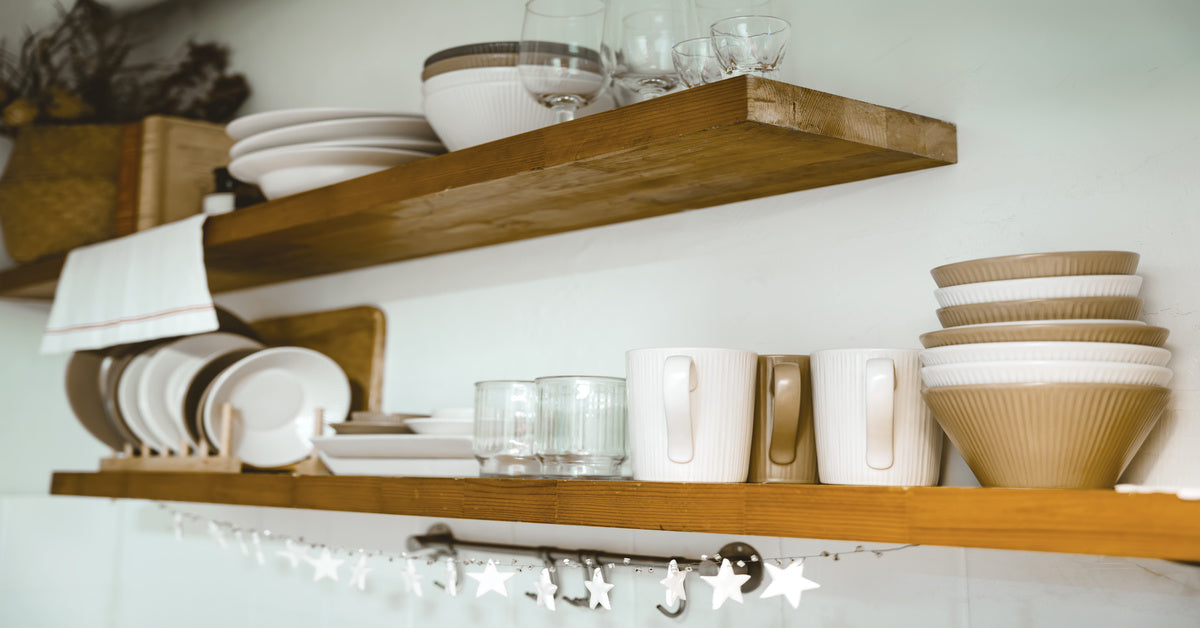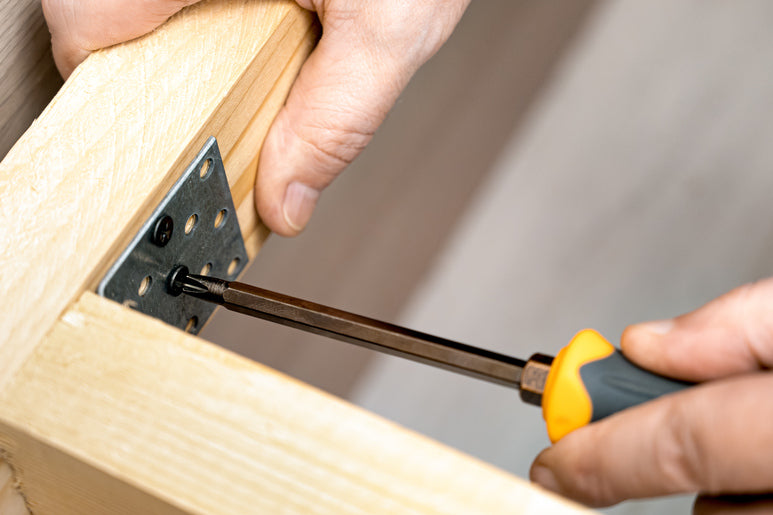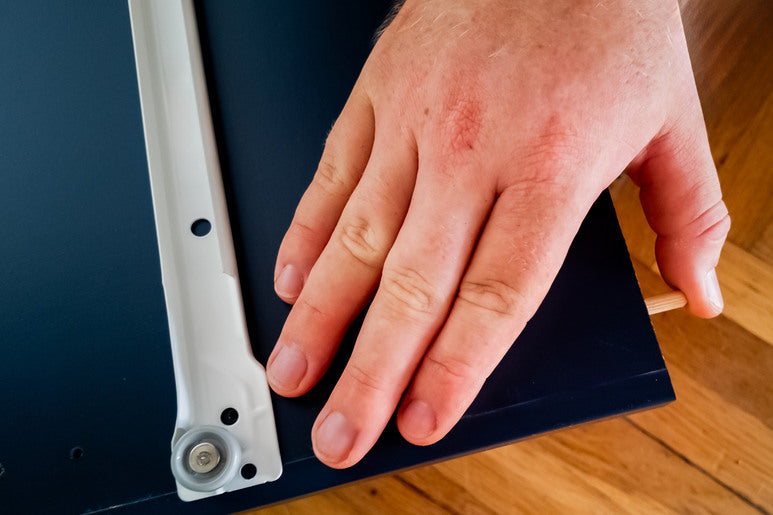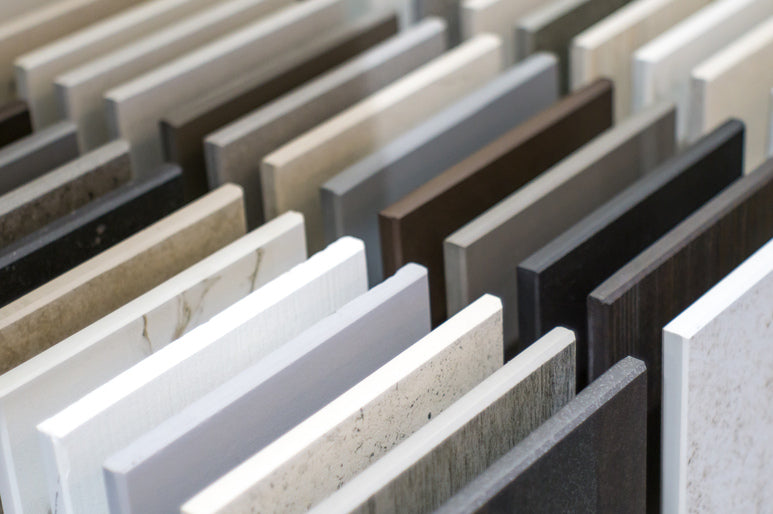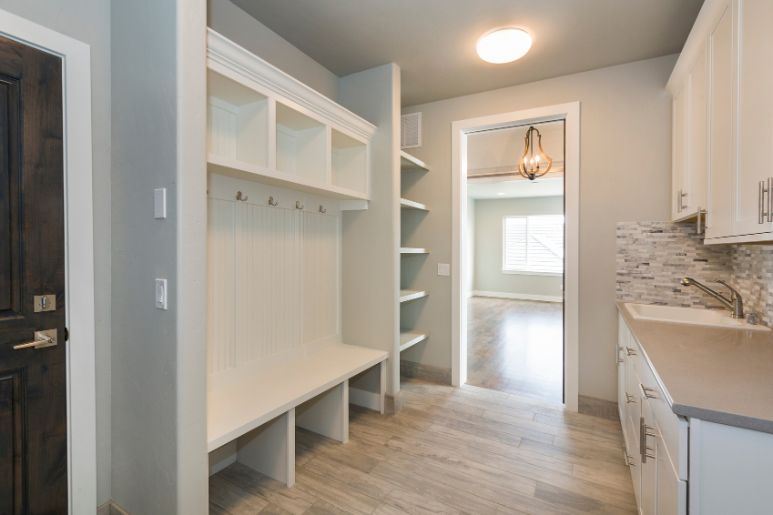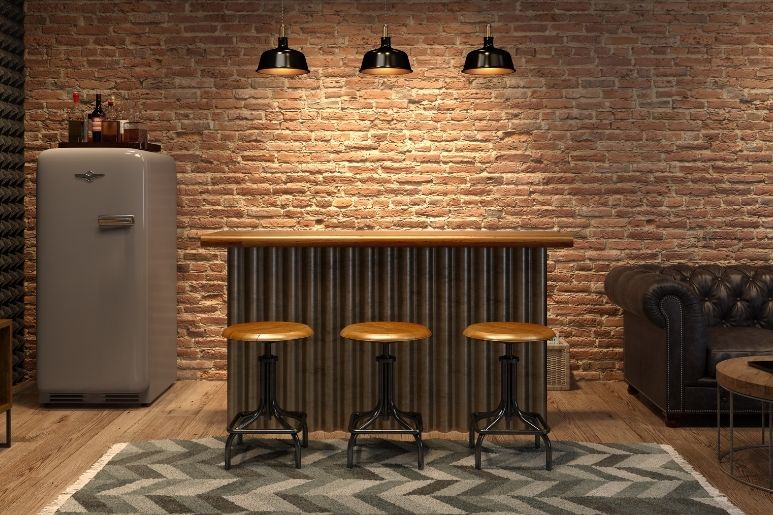
What To Consider When Installing a Home Bar
Planning any renovation to your home is an exciting change, especially when you get to have fun with the project. Adding a bar to your home is a fantastic way to add more value to your home and have some fun during the process because you can style it any way you want. There are many fun decisions to make when designing your bar, including:
- Where it should be located
- Wet bar vs. dry bar
- Size—how large or small you want it to be
- Which materials to select
- Which amenities to include
- Its personalization and design
This may seem like a lot of choices to make at first but take the process one step at a time. Keep reading for a guide on what to consider when installing a home bar with all the above points and more.
Location
The first step to planning your bar installation is deciding where in your home you want to feature it, as there are many options throughout most homes. If you haven’t already decided where you want to put your home bar yet, take some inspiration from the following most popular rooms in which to feature one:
- Living room: A living room bar is an excellent choice for homeowners who love entertaining. If you already use your living room for hosting often, then installing a bar is a clear next step.
- Kitchen: Adding a bar in the kitchen is also great for hosting purposes. If you’re not working with much space in your home, adding a kitchen bar can combine your countertop space and save room. You could even install an extended kitchen bar to add more seating or counter space—its purpose doesn’t have to be limited to hosting and partying.
- Basement: A basement bar is a great idea for those with a finished basement. Take advantage of all that extra space by installing a dedicated bar where you and your family or friends can party and hang out.
- Outdoor/Patio: If you can’t seem to find any space inside, or if you live somewhere with an enjoyable climate, an outdoor or patio bar may be ideal. If you’re looking for a themed design, you could turn your outdoor bar into a Tiki bar, especially if you have a pool nearby.
Wet Vs. Dry Bar
The next step is deciding whether you need a wet or dry bar. The difference between the two is that a wet bar has a sink installed, while a dry bar has no attached plumbing. If you want to install a living room or kitchen bar, you’ll already be within close reach of your kitchen sink and won’t need another built-in sink. On the other hand, it would be more convenient to install a wet bar in a basement or outdoor location due to the distance from the kitchen. A wet bar may also add more value to your home if you plan to sell one day.
Size
Next, you’ll need to start the groundwork for your bar by deciding its exact placement and measurements. Check exactly how much space you have, your proximity to plumbing (if you desire a wet bar), electrical access (for appliances), and extra room for bar furniture like stools. Decide how high off the ground you want your bar to reach. The average home bar comes to about 42 inches high, though you can customize this based on your preferences. Most wall bars extend to 24 inches deep, though you can customize this as well. If you want to extend your countertop further than 24 inches, make sure you have some sturdy countertop mounting bracketsto hold the weight.
Materials
Choosing materials for your bar is where you get to really start having fun with the design process. First, choose what countertop material you like, as this will be one of the main staples of the space. Some common countertop material choices include:
- Granite
- Marble
- Quartz
- Laminate
- Wood
If you choose to go with a wet bar, make sure you invest in a sealed material so that your countertops won’t take any water damage from spills, etc.
Next, decide what types of cabinets, shelving, or storage materials you like. Dark or light wood finishes pair well with stone countertops. Or you can try solid colors if you go with wood counters. If you want to add any sort of foot rail to your extended bar, take this into account as well.
Amenities
Another key consideration for any bar space is what sorts of appliances and features you want to include. Refrigerators and wine cooling units are two popular choices for storing drinks. You may even want to install your own keg or tap beer system if you enjoy the beverage often enough. If you want easy access to ice, you could also include a freezer or ice machine. And don’t forget storage space for it all—including shelf and cabinet space for glasses, bottles, and utensils is just as important as keeping your drinks cold.
Personalization & Design
Here is where you get to have the most fun with your project by instilling your own sense of style into it. Do you want to add any unique lighting, decoration, or design elements? Under-cabinet lighting can create a luxurious look, especially above stone countertops. Try adding a backsplash to the walls around your bar for a more personal touch. If you really want to embrace an innovative design, try styling the space with a theme such as a Tiki bar.
Designing and installing your own bar space can seem like an intimidating project at first. However, when you break it down step-by-step, the process becomes a lot easier and more enjoyable to plan. Now that you know what to consider when installing a home bar, take these points one step at a time during your planning process, and remember to have fun with this project. You will use and enjoy the space much more if you take your time to think about what type of bar is best for you and your family.



